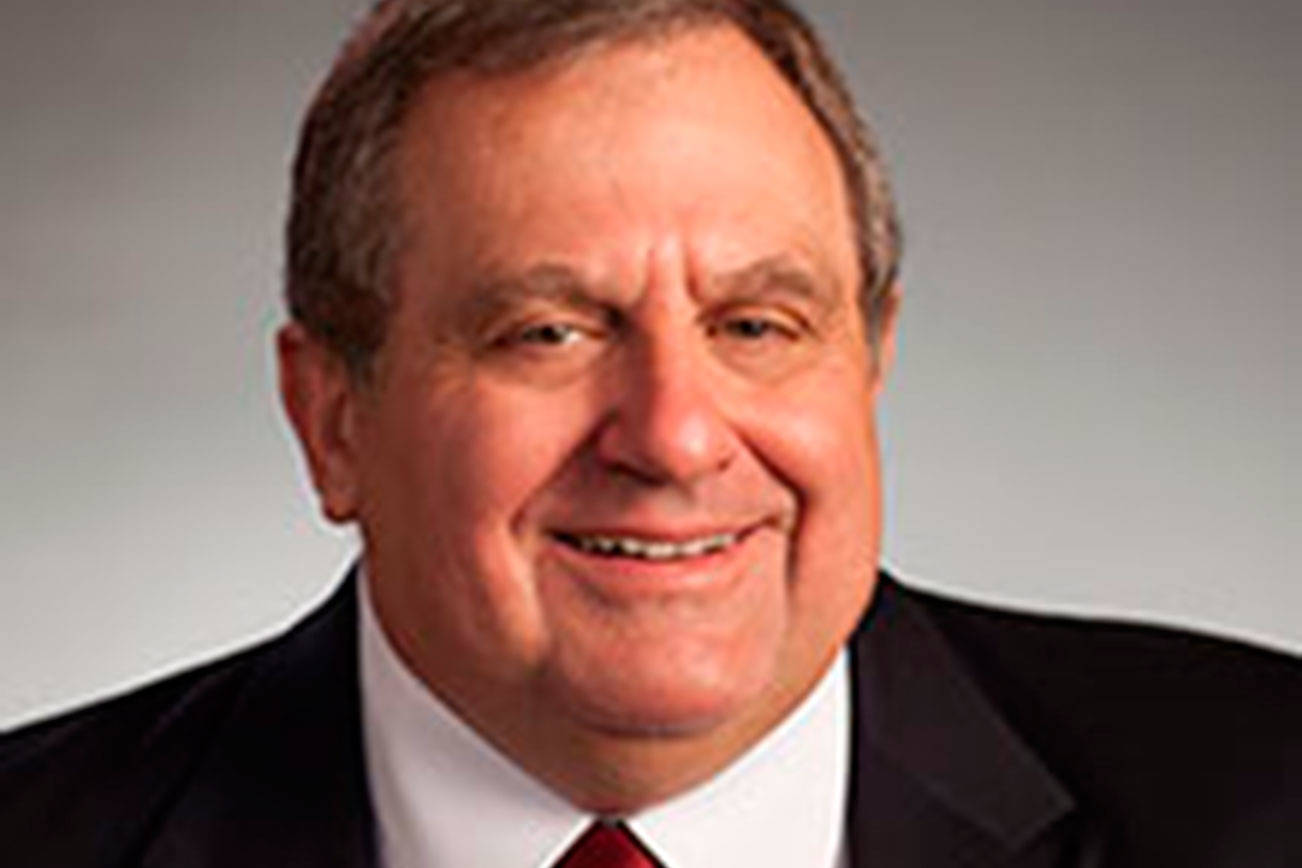Would you believe in the future when a cement truck shows up to pour your foundation or patio, the mixture will likely contain ground-up wind turbine blades?
As a part of a new agreement between GE Renewable Energy and Veolia North America (VNA), old blades consisting mostly of fiberglass are shredded at a processing facility in Missouri, then shipped to cement plants across America where they replace coal, sand and clay in manufacturing.
Like the coronavirus vaccine, the new process was fast tracked.
“Last summer, we completed a trial using a GE blade, and we were very happy with the results. This fall we have processed more than 100 blades so far, and our customers have been very pleased with the product,” Veolia’s Bob Cappadona told Waste Dive.
More than 65 percent of the blade weight replaces raw materials that would otherwise be added to the kiln to create the cement, and about 28 percent of the blade weight provides energy for the chemical reaction that takes place in the kiln.
The environmental benefit is that the new concoction results in a 27 percent net reduction in CO2 emissions and a 13 percent net reduction in water consumption during manufacturing.
In the past, researchers were skeptical about recycling wind blades. For example, Principia Scientific International, a London-based group of scientists, concluded: “Basically, there is just too much plastic-composite-epoxy crapola that isn’t worth recycling. The wind turbine blades are a toxic amalgam of unique composites, fiberglass, epoxy, polyvinyl chloride foam, polyethylene terephthalate foam, balsa wood and polyurethane coatings.”
Thanks to good old American ingenuity, “repurposing” has become possible. GE calls it “circular economy for composite materials.”
While wind farms generate “greenhouse gas free” electricity, worn out and smaller obsolete blades have been cut up and hauled to landfills in Iowa, South Dakota and Wyoming for burial. The problem has become overwhelming with more than 8,000 turbines to be removed in each of the next four years in the U.S. alone — and it is growing worldwide. According to German fiberglass manufacturer Ahlstrom-Munksjö Dettingen, the wind industry will generate 50,000 tons of blade waste in 2020, but that will quadruple to 225,000 tons by 2034.
Wind energy is getting lots of attention now. It is an important part of President-elect Joe Biden’s goal of cutting U.S. carbon emissions to “no later than 2050.” California, Hawaii and Washington established targets of 100 percent renewable electricity by 2045.
To increase generation, many existing wind towers are being raised to accommodate bigger blades. For example, PacifiCorp is spending $200 million to raise its 117 towers near Dayton from 200 to 250 feet tall. The project adds 35 percent to the site’s generating capacity.
The good news is many of those giant blades are shipped to the Port of Vancouver (USA), where they are off-loaded and trucked to sites across the Pacific Northwest, including Canada.
Today, wind generates 7.3 percent of our nation’s electricity from more than 58,000 turbines. Since 2005, we have constructed an estimated 3,000 wind towers a year and that pace is expected to accelerate.
Along with growing generating capacity, our country’s wind sector workforce is expanding. Today, nationwide it is 120,000 people, of which 6,500 are in Washington and Oregon.
For Washingtonians, the declining price of wind electricity is important. Homeowners and energy-intensive industries rely on low cost power. After hydro, wind is the lowest cost renewable source of energy.
Since 1980, wind energy costs have steadily dropped from over 55 cents per kilowatt-hour (kWh) to under 3 cents per kWh in the United States.
The promising innovation is now that recycling blades into cement is possible, and a big hurdle to increased wind generation has been removed.
Don C. Brunell is a business analyst, writer and columnist. He recently retired as president of the Association of Washington Business, the state’s oldest and largest business organization, and now lives in Vancouver. He can be contacted at thebrunells@msn.com.
Talk to us
Please share your story tips by emailing editor@kentreporter.com.
To share your opinion for publication, submit a letter through our website https://www.kentreporter.com/submit-letter/. Include your name, address and daytime phone number. (We’ll only publish your name and hometown.) Please keep letters to 300 words or less.

